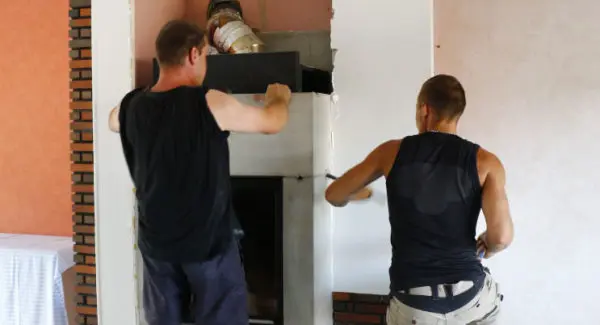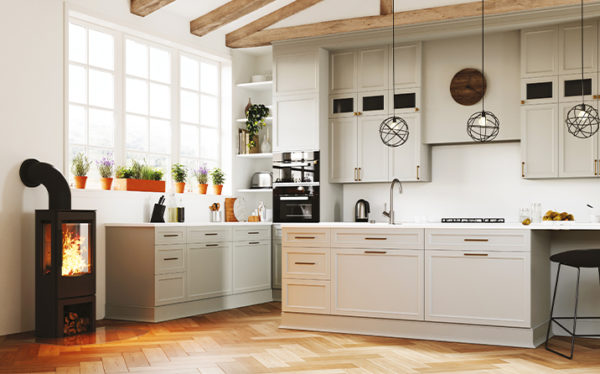Light your fireplace easily in five steps
Other news that may interest you
Have a wood heater installed
You have not chosen your future fireplace or your future woodstove yet? But, you wonder how to get your wood-burning…Read more
Transform your living room without renovation: the decorative advantage of a wood stove
Would you like to revamp your living room without starting major renovation work? Have you considered installing a wood stove?…Read more




